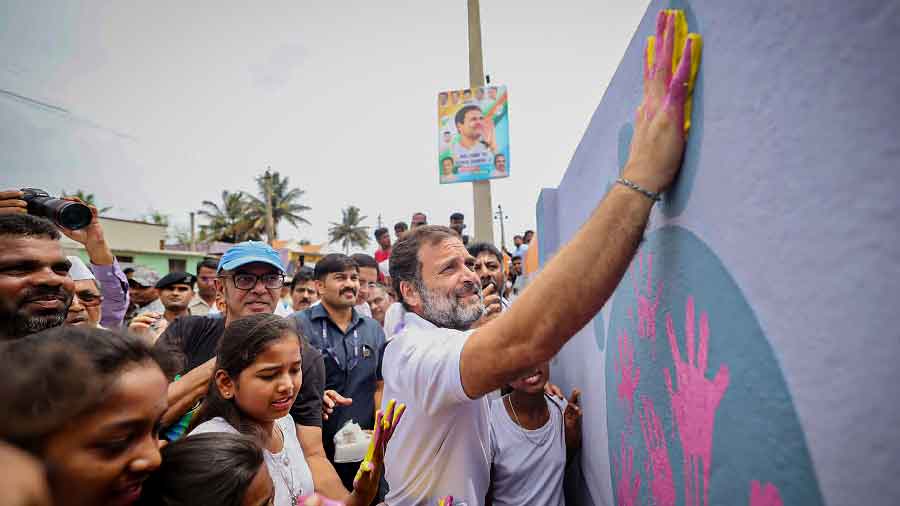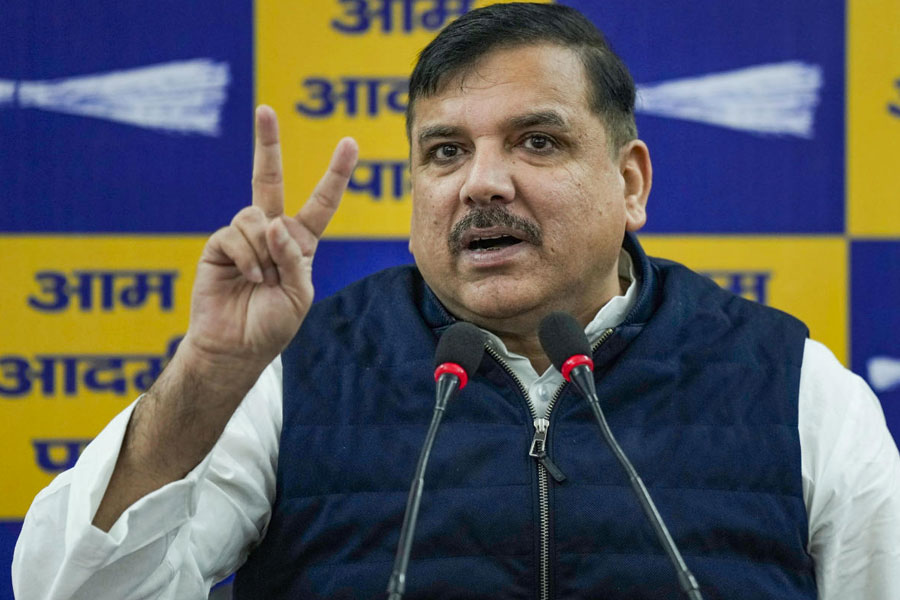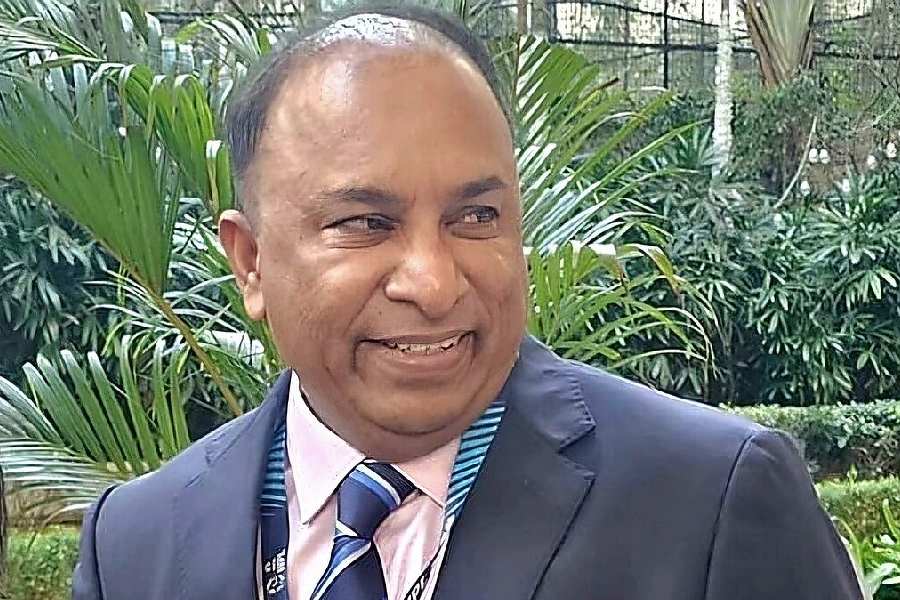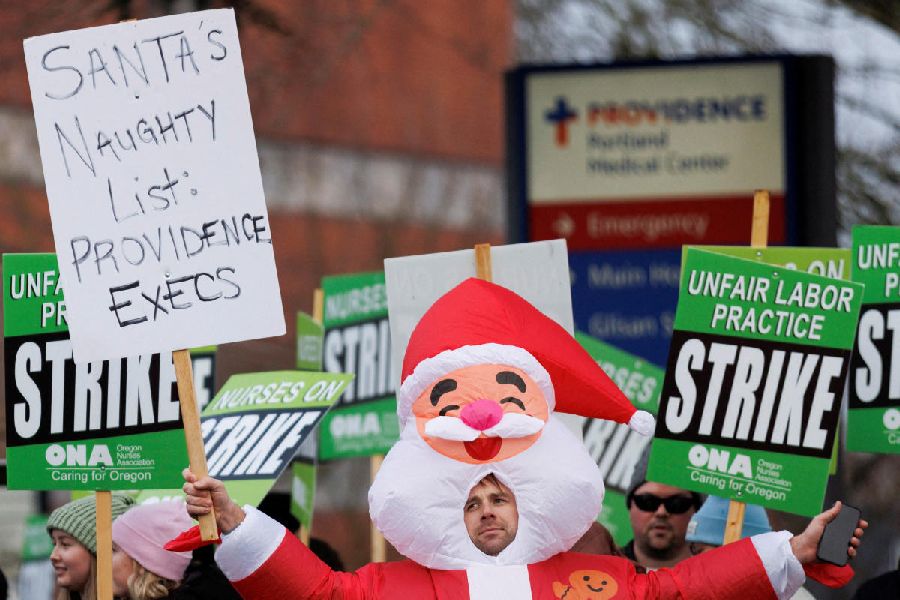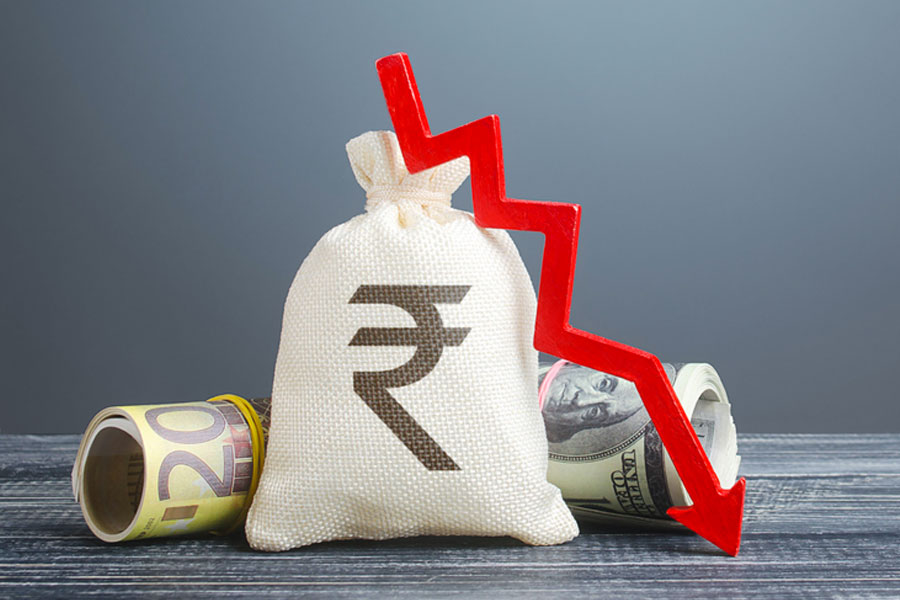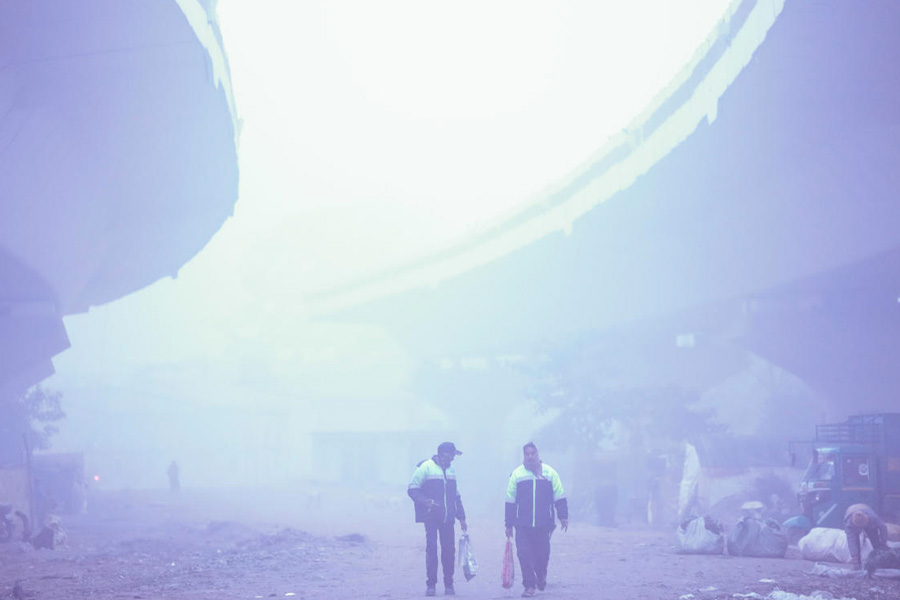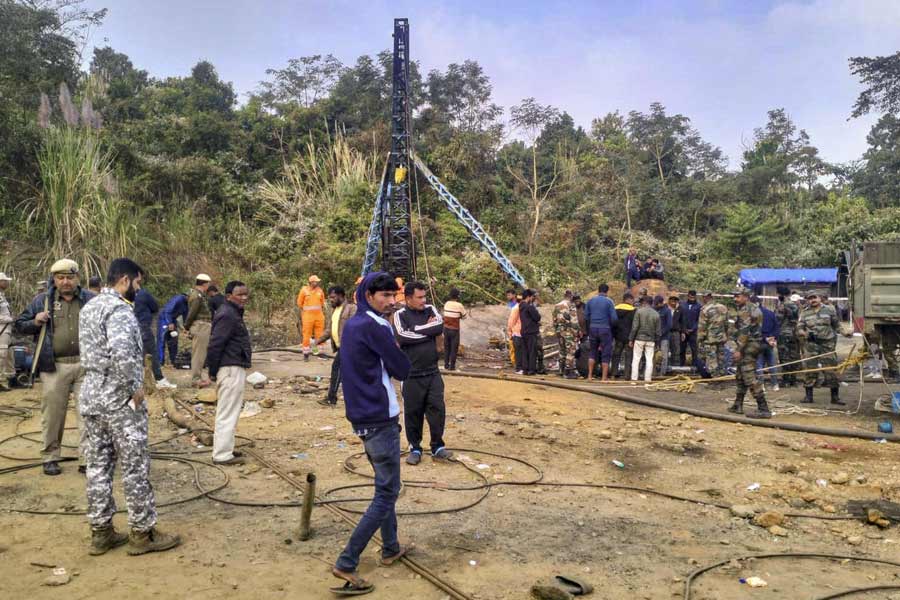It is raining yatras this political season.
With all the latest technology at the disposal of the political parties and the advent of social media, many are going back to the good old formula of mass contact through a yatra (march).
While Rahul Gandhi, along with several other Congress leaders, embarked on a 3,570-km Kanyakumari-to-Kashmir Bharat Jodo Yatra last month, two more yatras began on Sunday - BJD's Jan Sampark Padayatra, led by Odisha Chief Minister Naveen Patnaik, and poll strategist Prashant Kishor's 3,500-km padayatra (foot march) within Bihar from the Gandhi Ashram in West Champaran.
Patnaik launched the mass contact programme on the occasion of Gandhi Jayanti near the Lingaraj temple in Bhubaneswar, calling upon the Biju Janata Dal (BJD) leaders and workers to work in tandem with everyone for the development of Odisha.
Kishor's march is being seen as a precursor to his re-entry into politics. Kishor and his supporters will attempt to reach every panchayat and block in Bihar during the yatra, which is likely to take anywhere between 12 and 15 months to complete.
Kishor started the march from the Bhitiharwa Gandhi Ashram, from where Mahatma Gandhi had launched his first Satyagraha movement in 1917.
As the poll strategist and his followers embarked on the padayatra, they were greeted by people along the route.
The Congress's Bharat Jodo Yatra, which entered its 25th day on Sunday, has passed through Tamil Nadu and Kerala and entered Karnataka.
The yatra is being billed as the Congress's biggest mass contact programme since independence and a "turning point" in the country's political history. The Congress has said it is a "transformational moment" for Indian politics and a "decisive moment" for the party's rejuvenation.
The "yatra bandwagon" is not new in politics. There have been several such events along with their hits and misses in terms of the impact.
In 1983, former prime minister Chandra Shekhar's Bharat Yatra saw him undertake a foot march from Kanyakumari. Monikers such as the "marathon man" were given to the Janata Party leader when his yatra, which was launched on January 6, 1983, reached New Delhi six months later. Chandra Shekhar's stature and the traction to the yatra kept rising as he passed village after village to connect with people.
Though observers regard Chandra Shekhar's foot march as a largely successful event, dramatic political developments such as then prime minister Indira Gandhi's assassination diluted its impact in the 1984 general election, which was swept by the Congress.
In 1985, the Sandesh Yatra was announced by then prime minister and Congress president Rajiv Gandhi at the AICC plenary session in Mumbai. The All India Congress Seva Dal had carried it out across the country.
Pradesh Congress committees (PCCs) and party leaders carried out the yatra as four simultaneous journeys from Mumbai, Kashmir, Kanyakumari and the northeast. The yatra that went on for more than three months concluded at Delhi's Ramlila Maidan.
The 1990 Rath Yatra, led by BJP leader Lal Krishna Advani, was taken out to give momentum to the Ram temple movement. The yatra that had started in September 1990 was to cover 10,000 km and culminate in Ayodhya in Uttar Pradesh on October 30. It was halted in Samastipur in north Bihar and Advani was arrested.
Political analysts point out that the Rath Yatra gave a fillip to the Bharatiya Janata Party's (BJP) electoral and ideological reach. As the demand for the temple gained momentum, the saffron party's electoral fortunes also soared high.
There have been several other yatras taken out by political parties such as the 1991 Ekta Yatra led by then BJP president Murli Manohar Joshi, Congress leader Y S Rajasekhar Reddy's 1,400-km padayatra in April 2003, Advani's Bharat Uday Yatra in 2004, which highlighted India's achievements under the six-year reign of then prime minister Atal Bihari Vajpayee, and a 2017 yatra led by YSRCP chief Y S Jagan Mohan Reddy.
Whether the ongoing yatras undertaken by the leaders will help them reap rich political benefits is not known, but it is safe to say that yatras are back in vogue.

